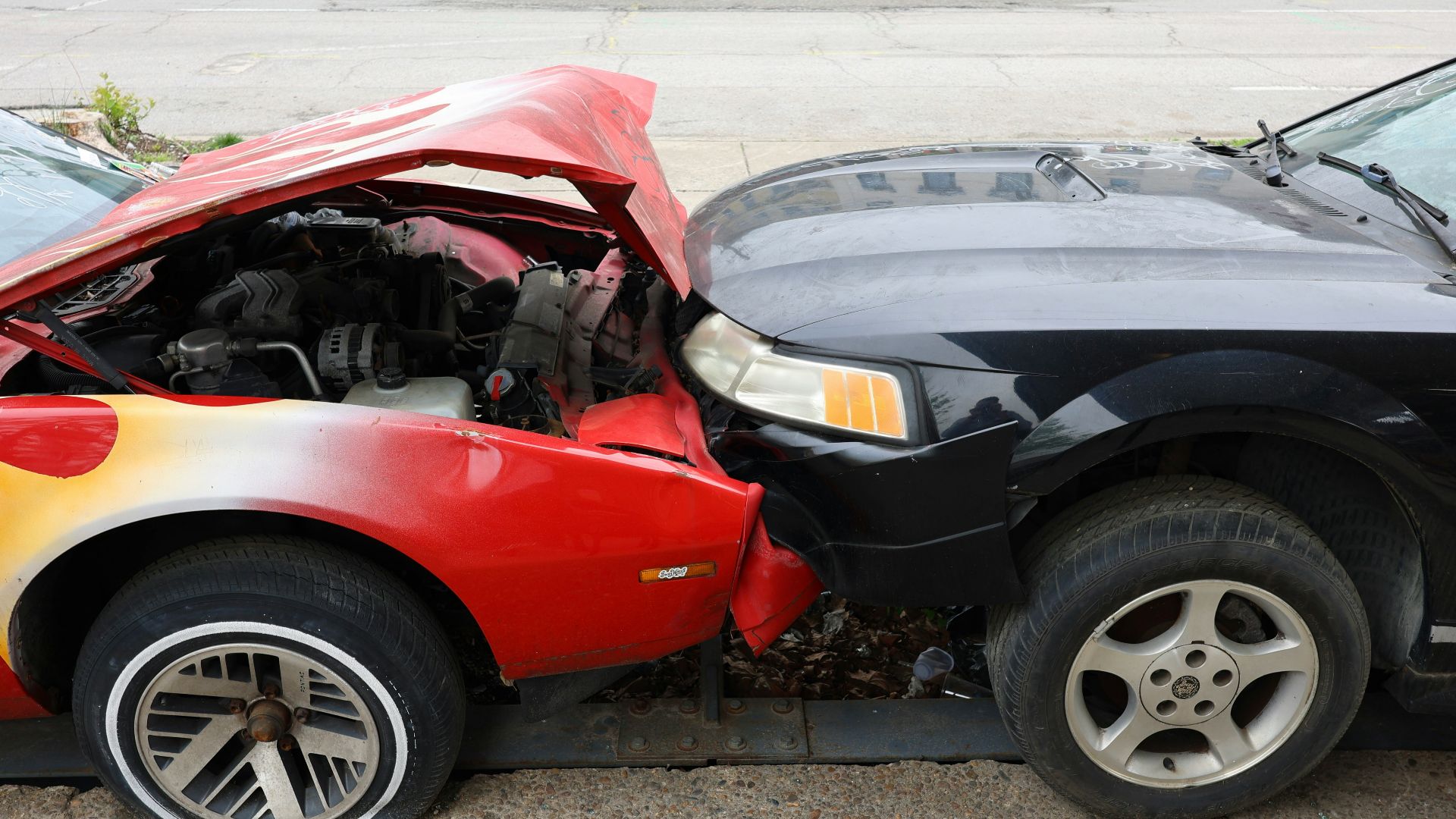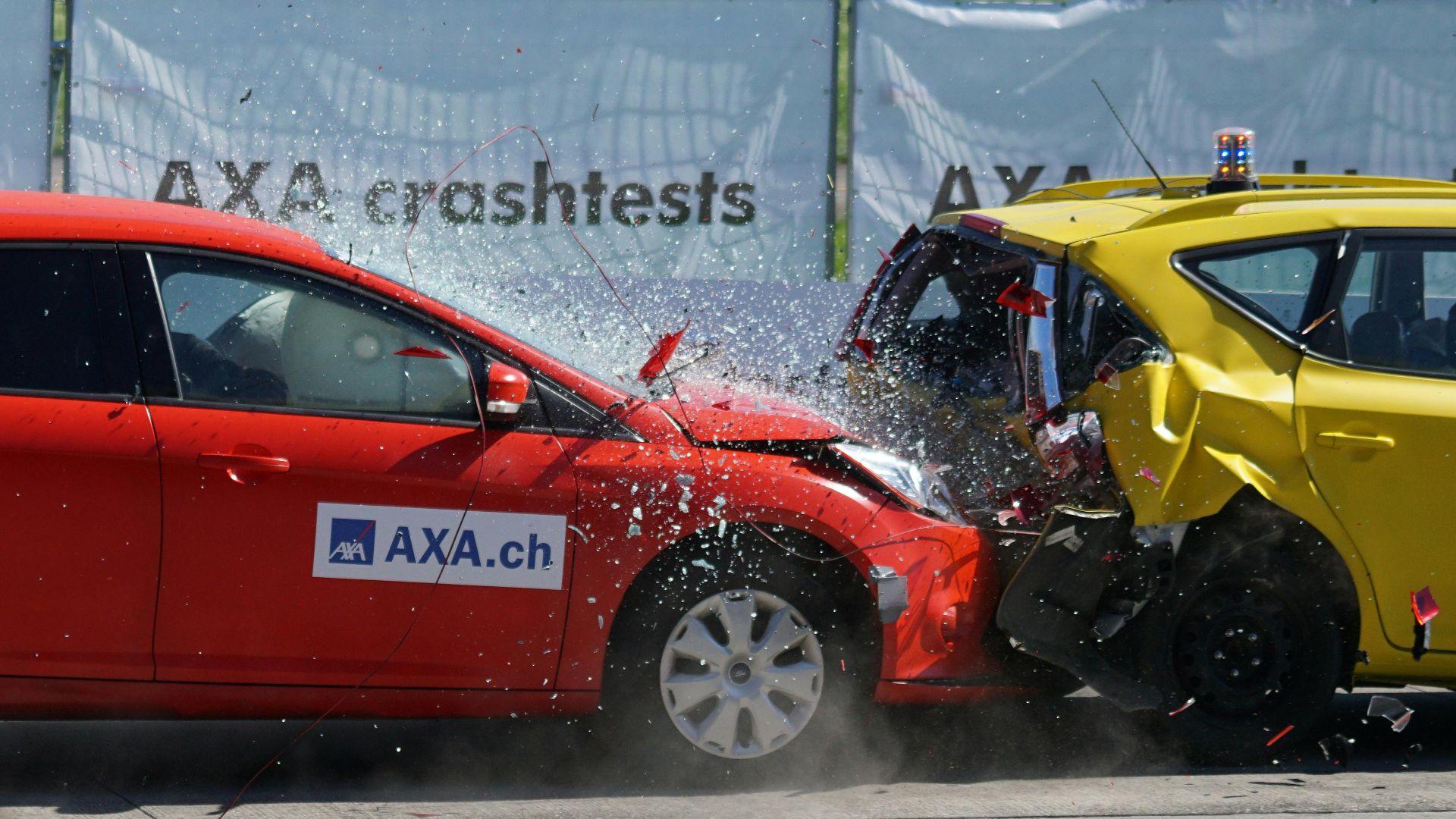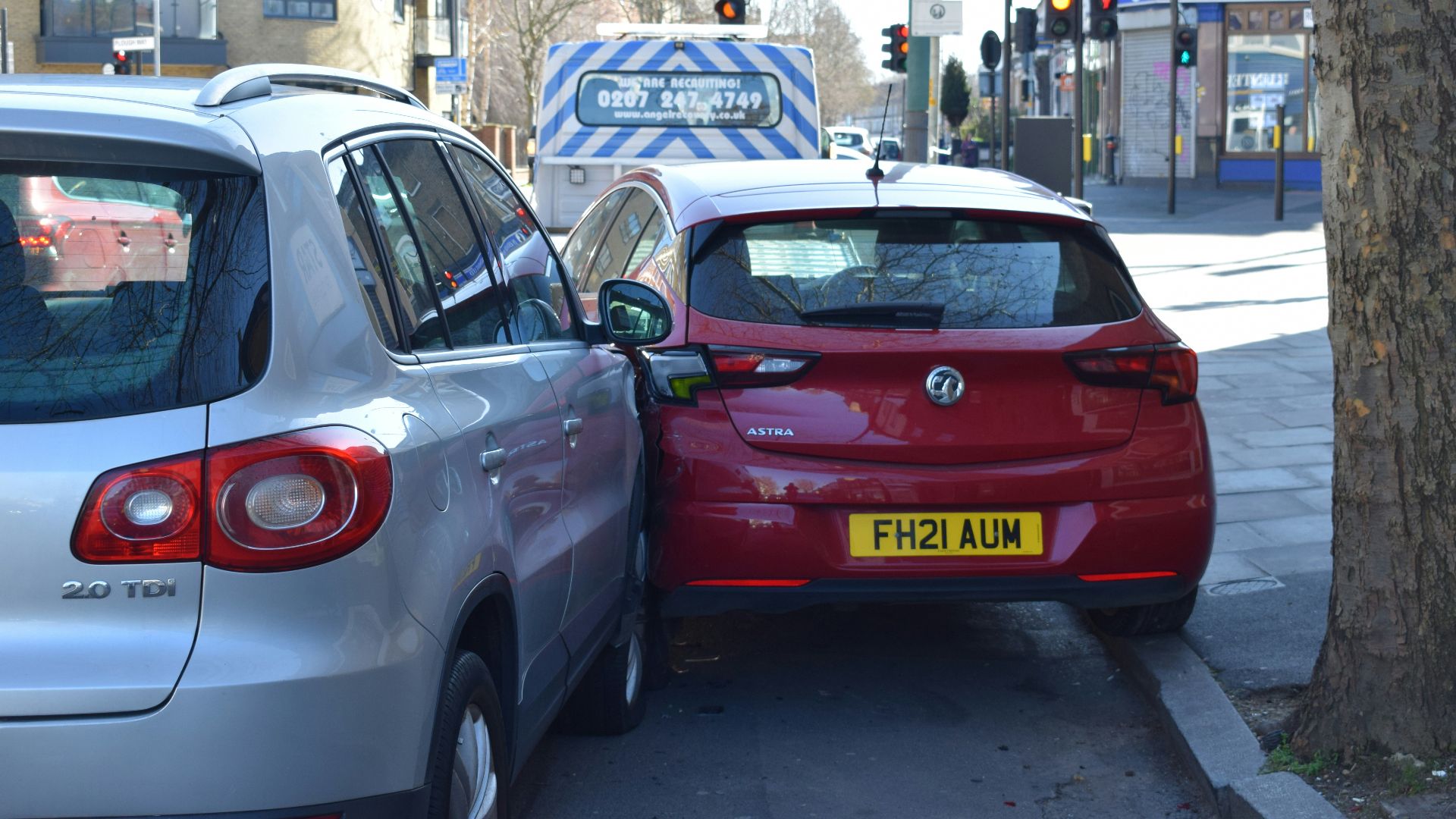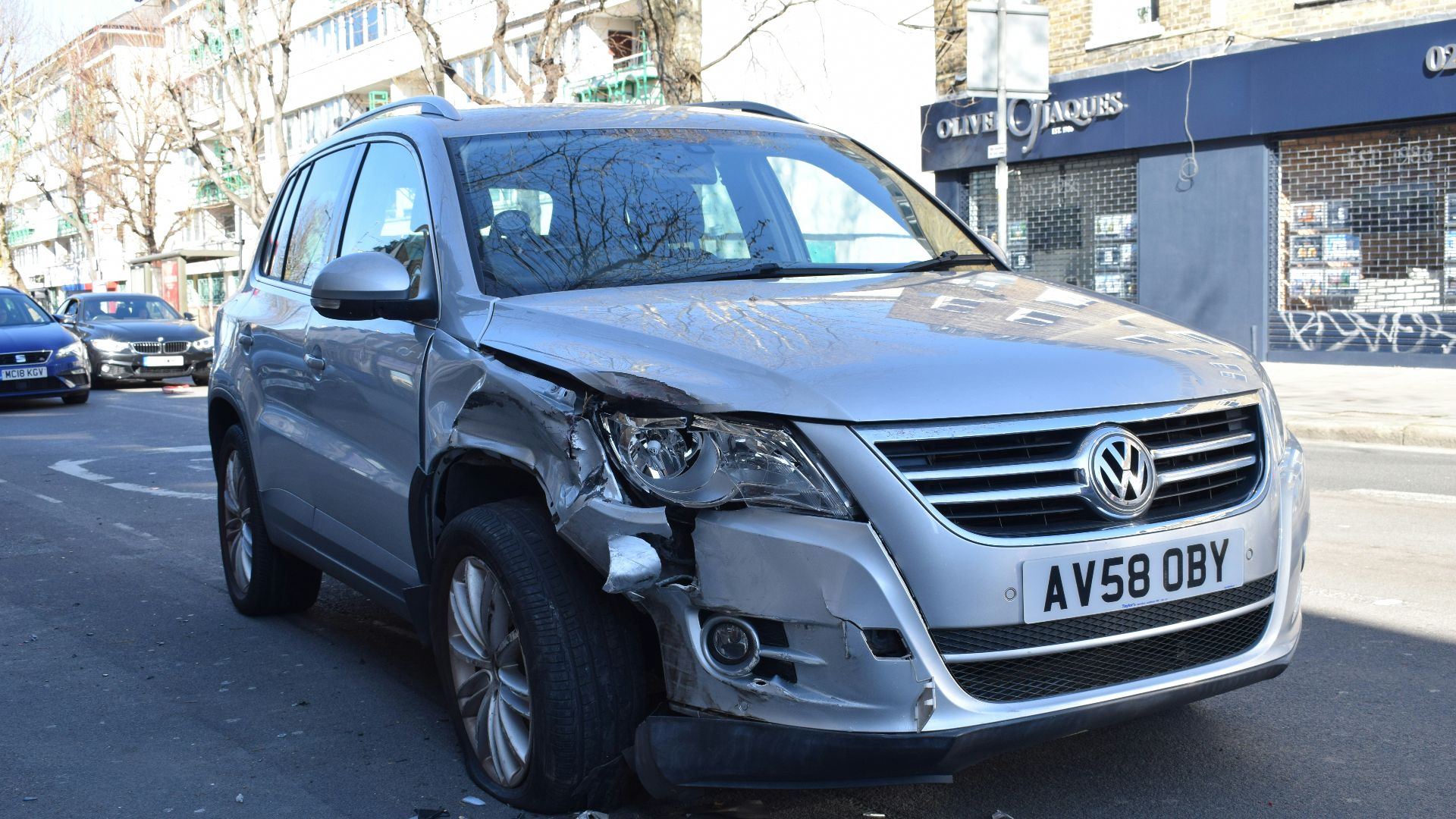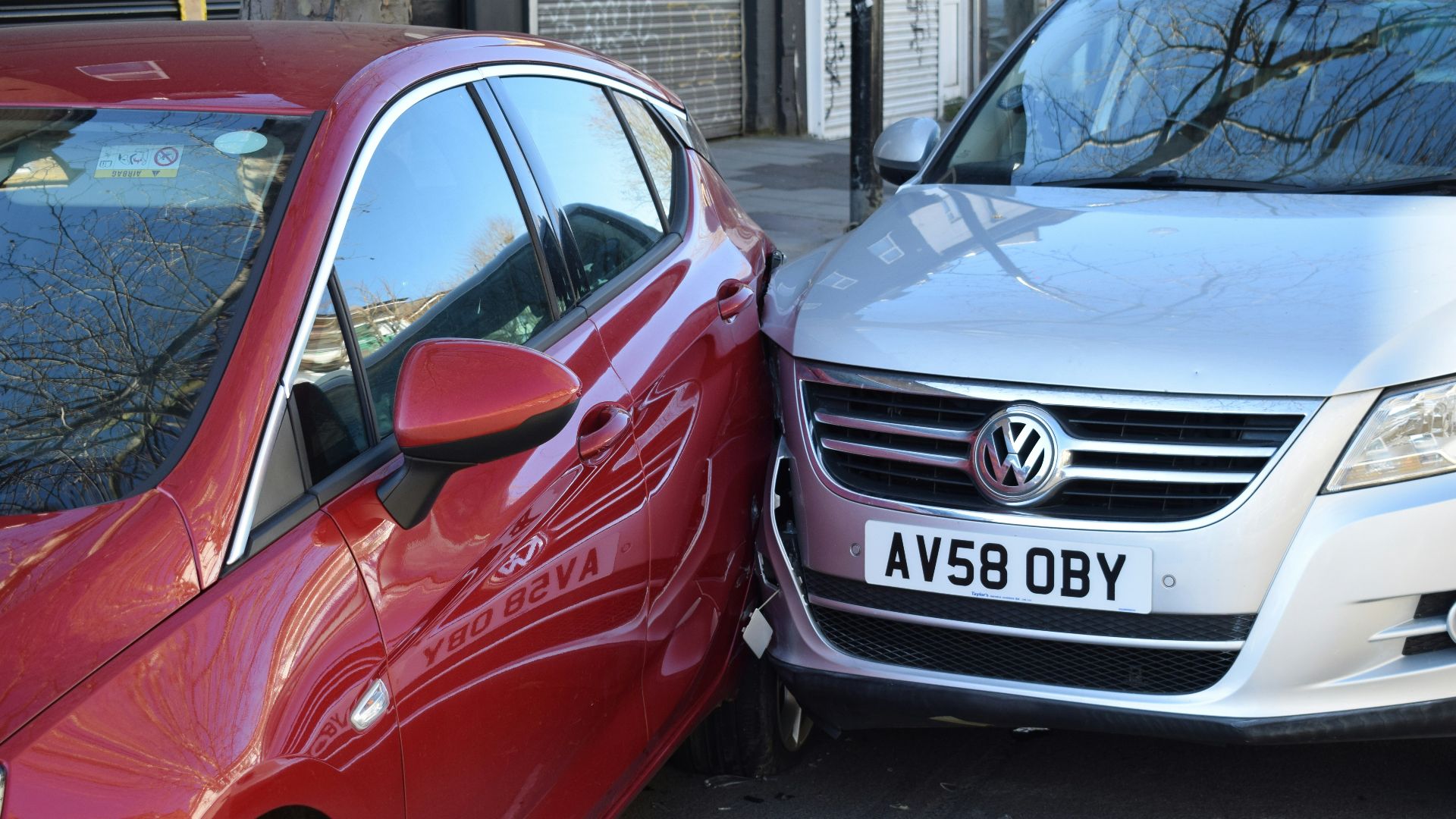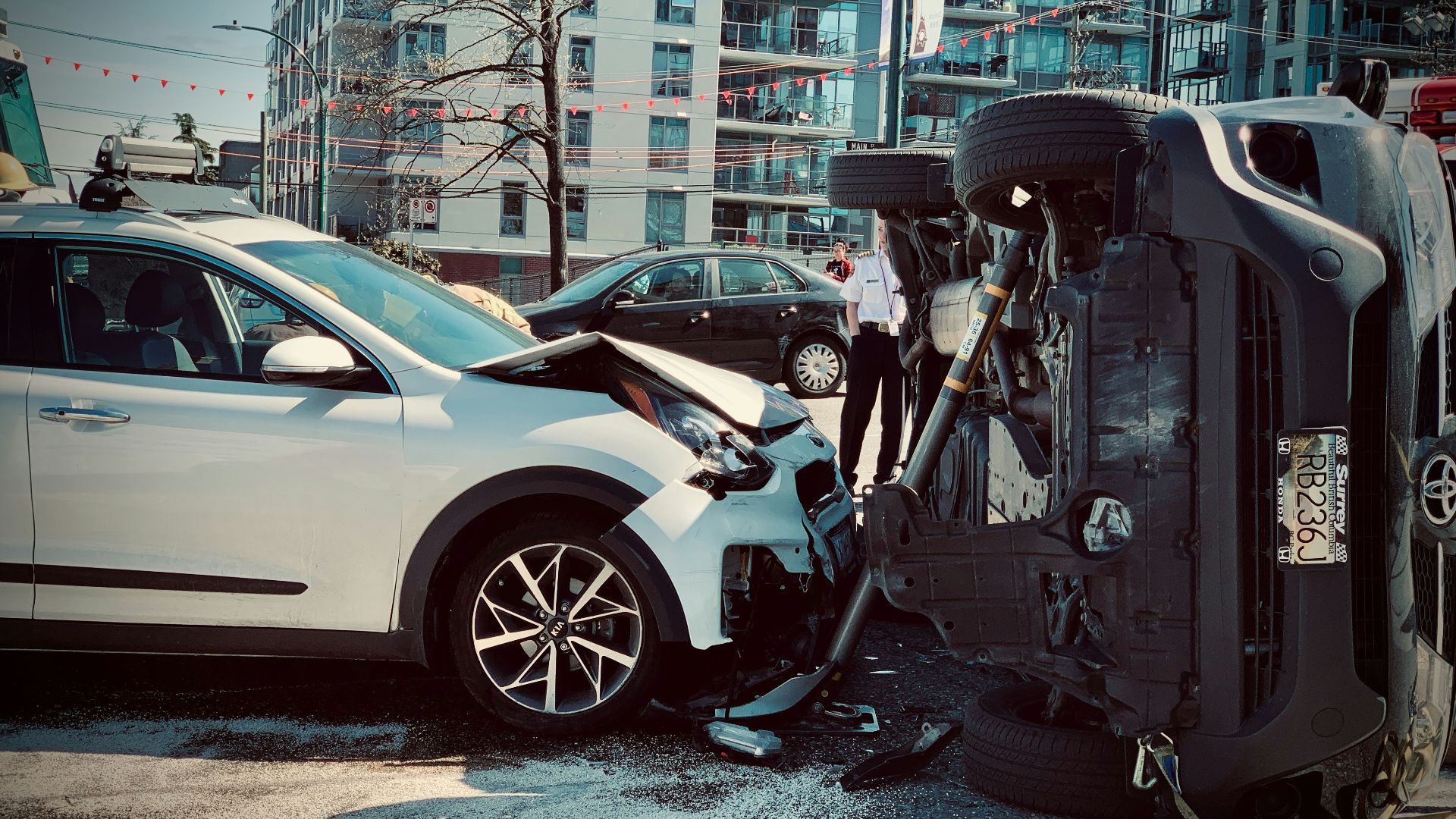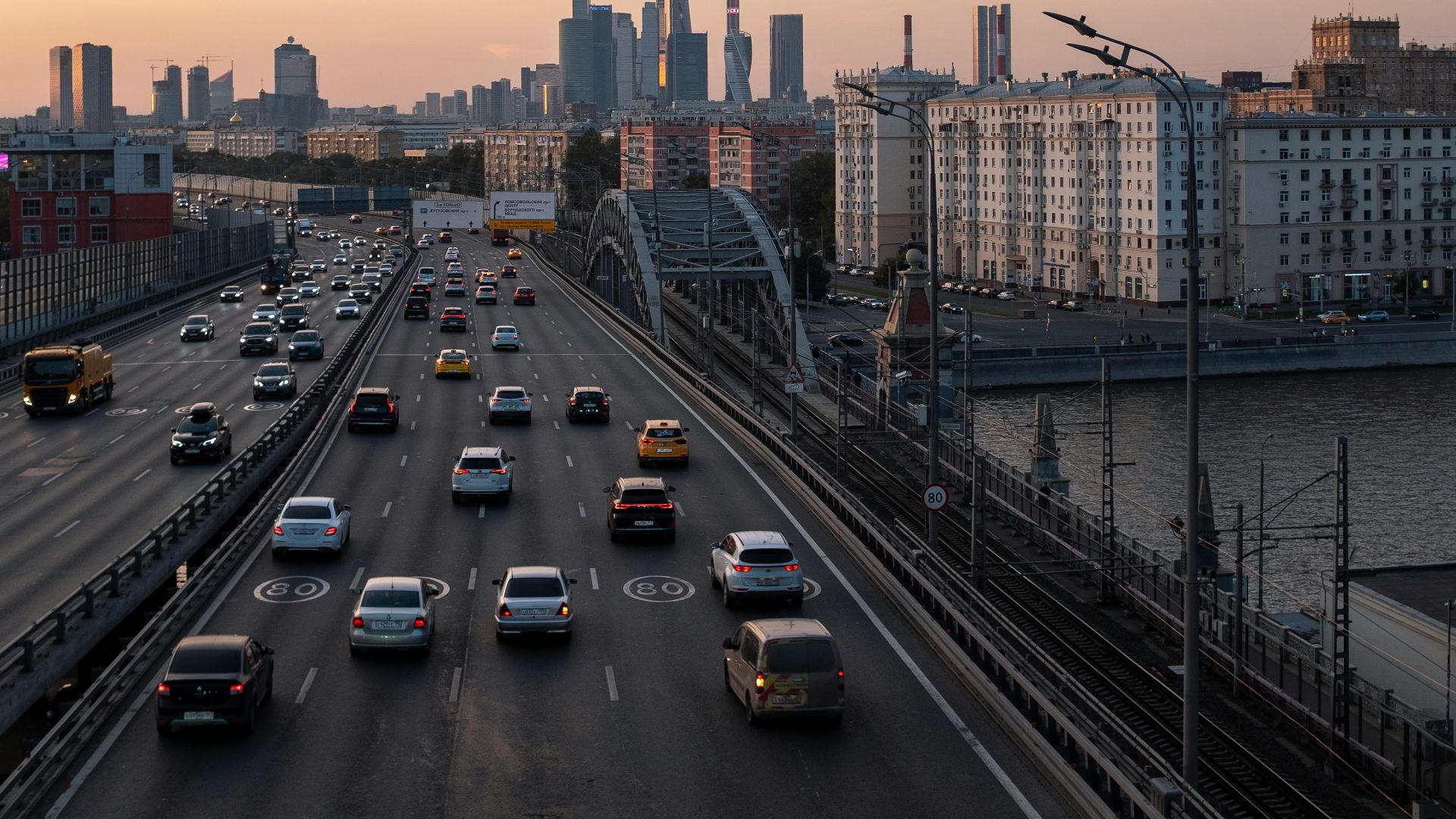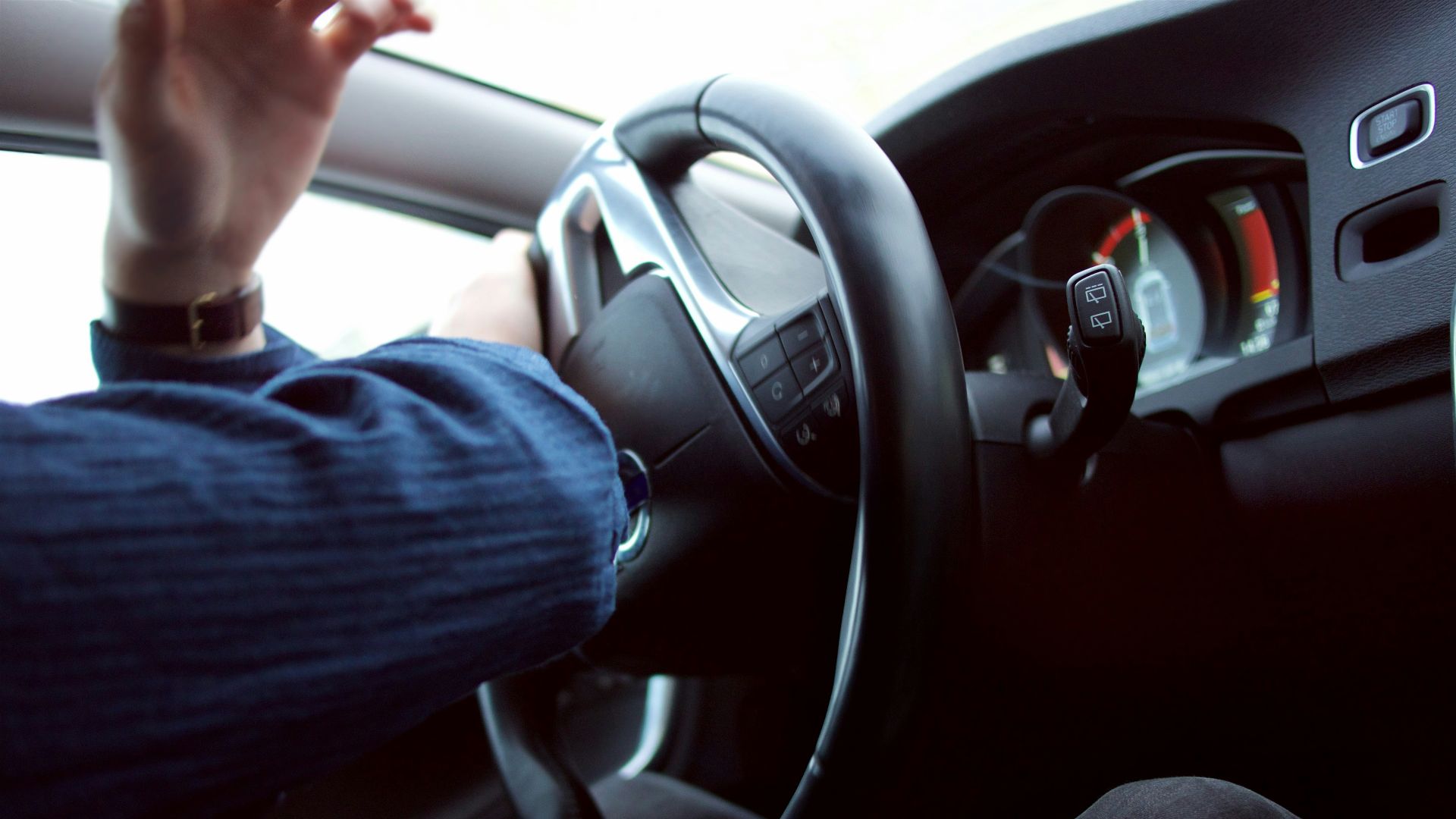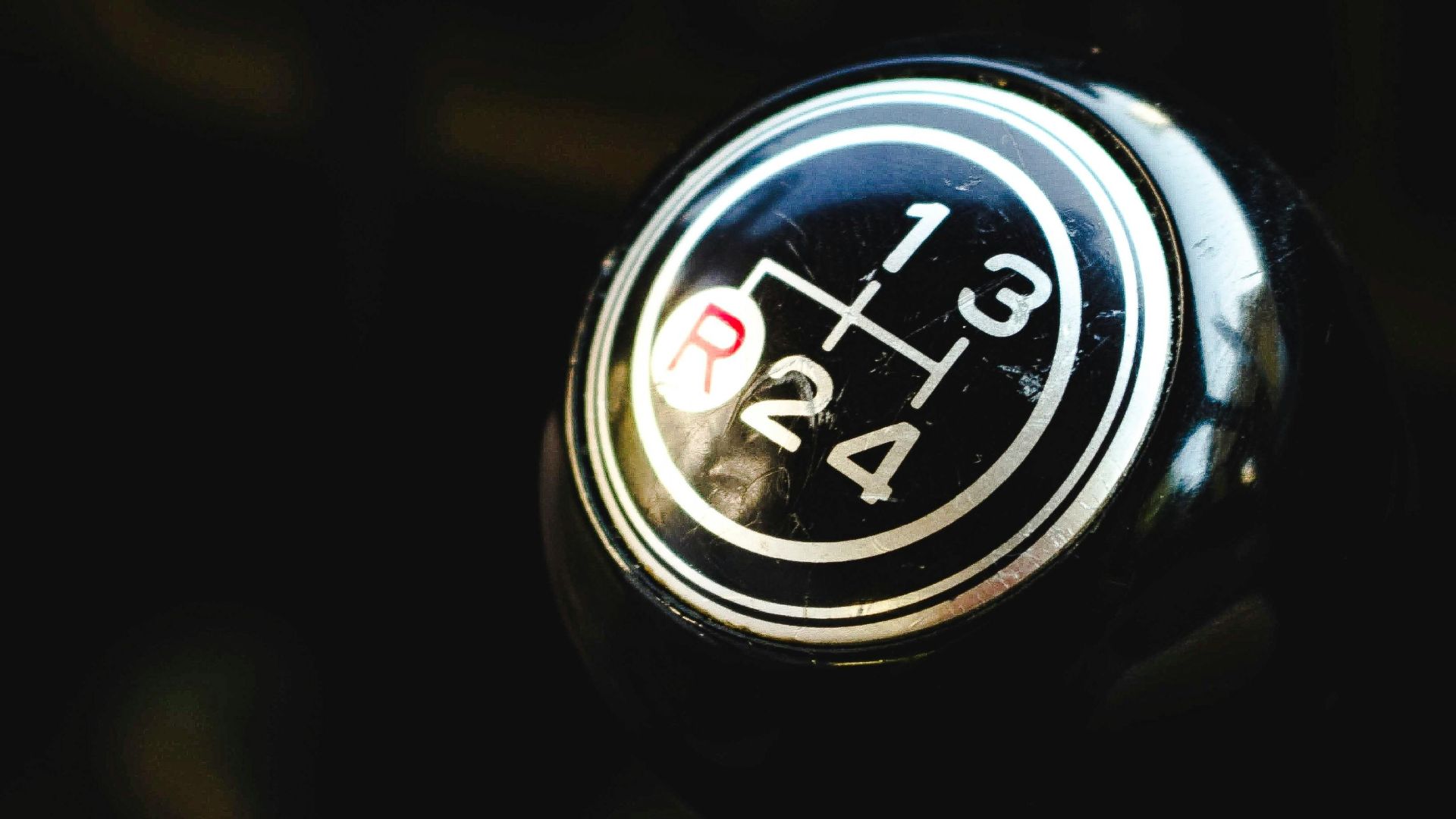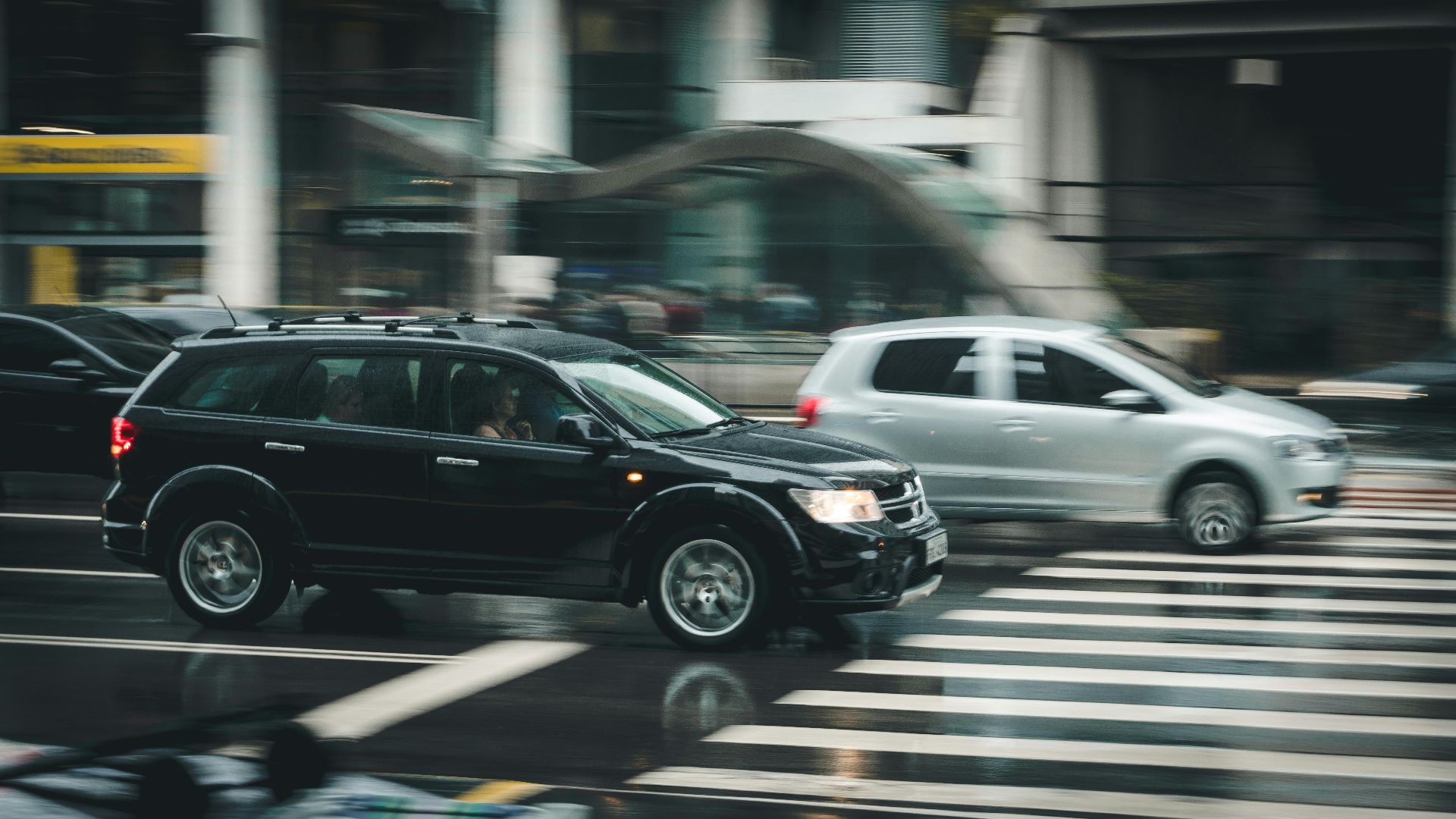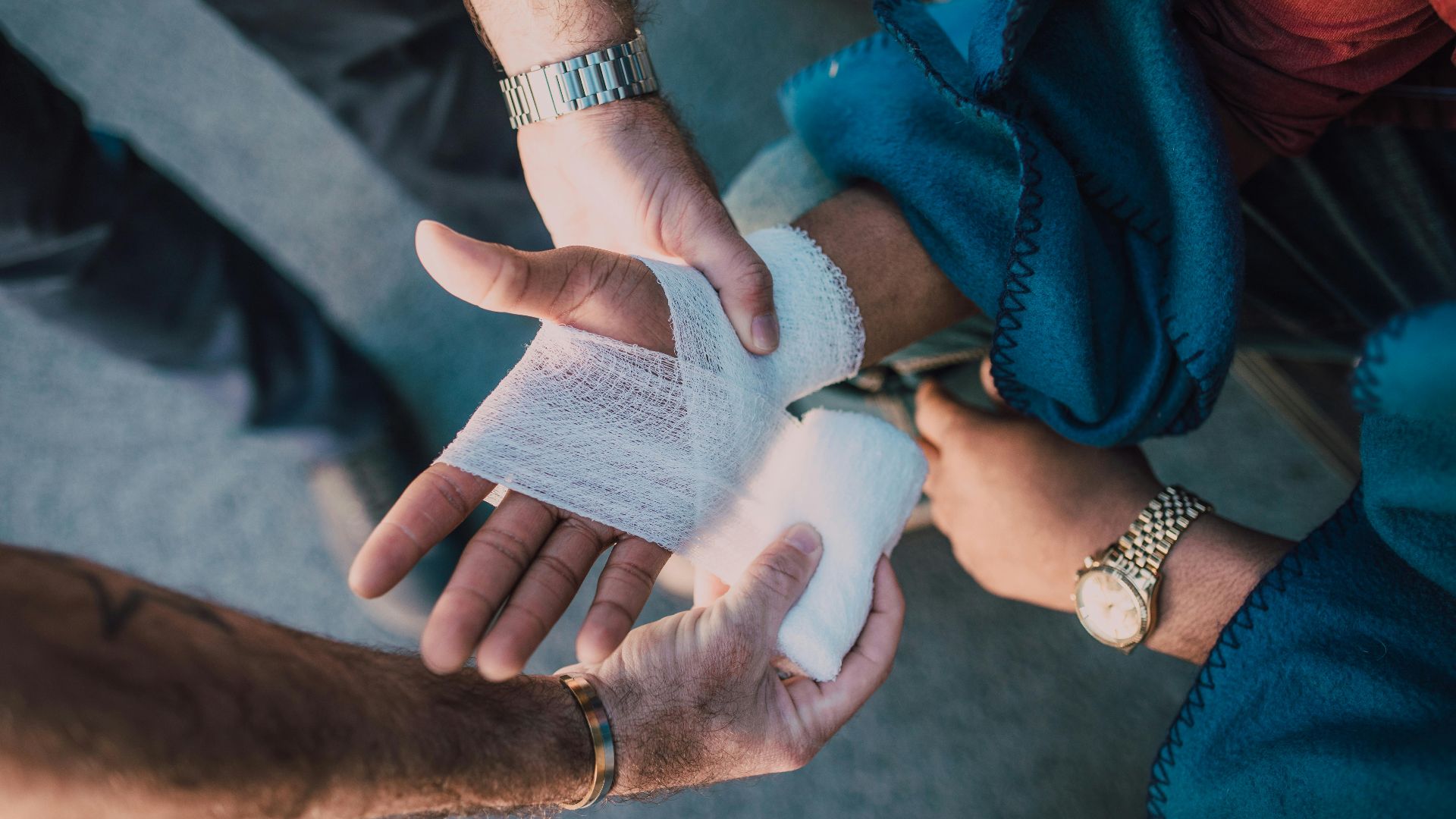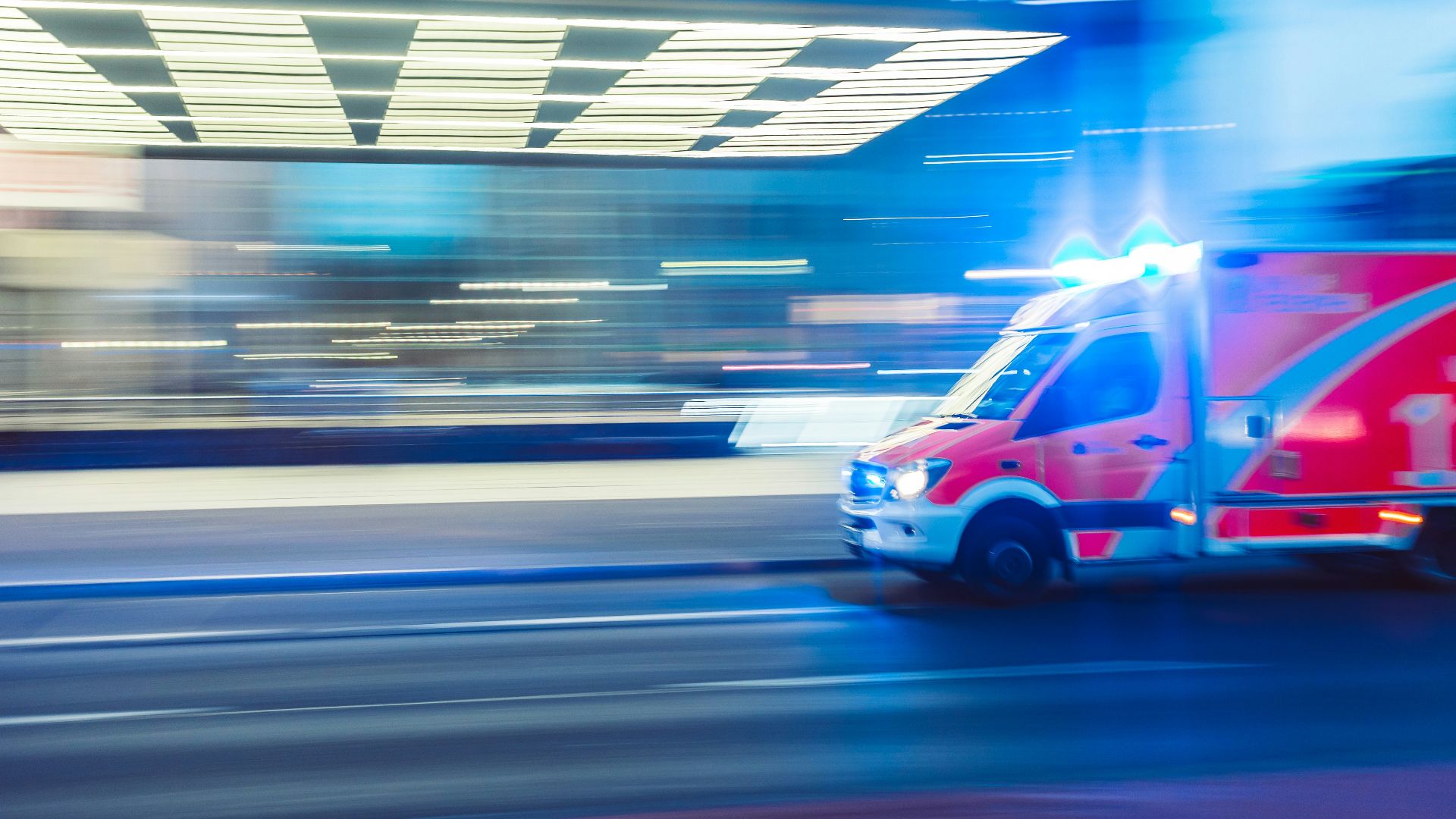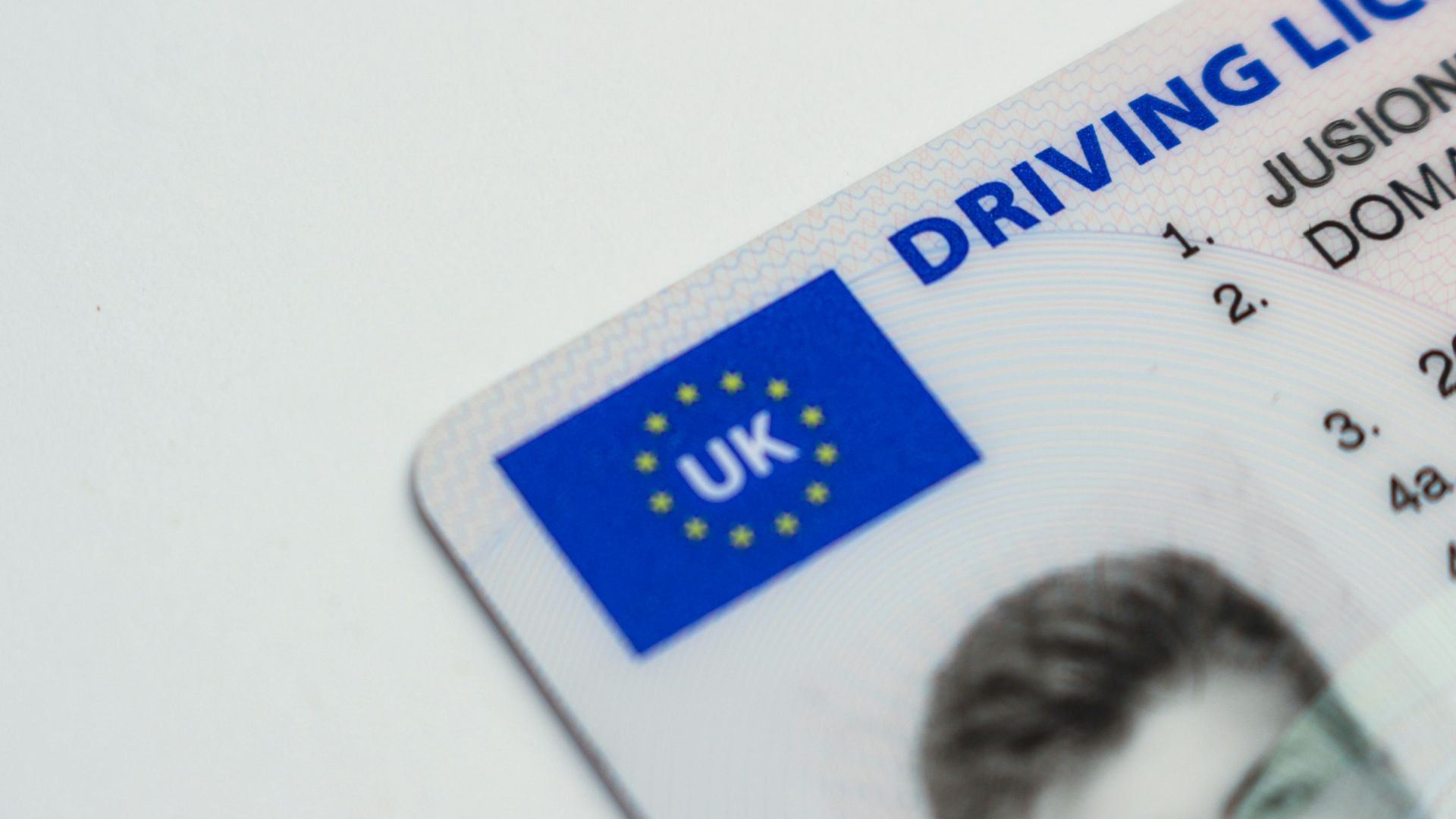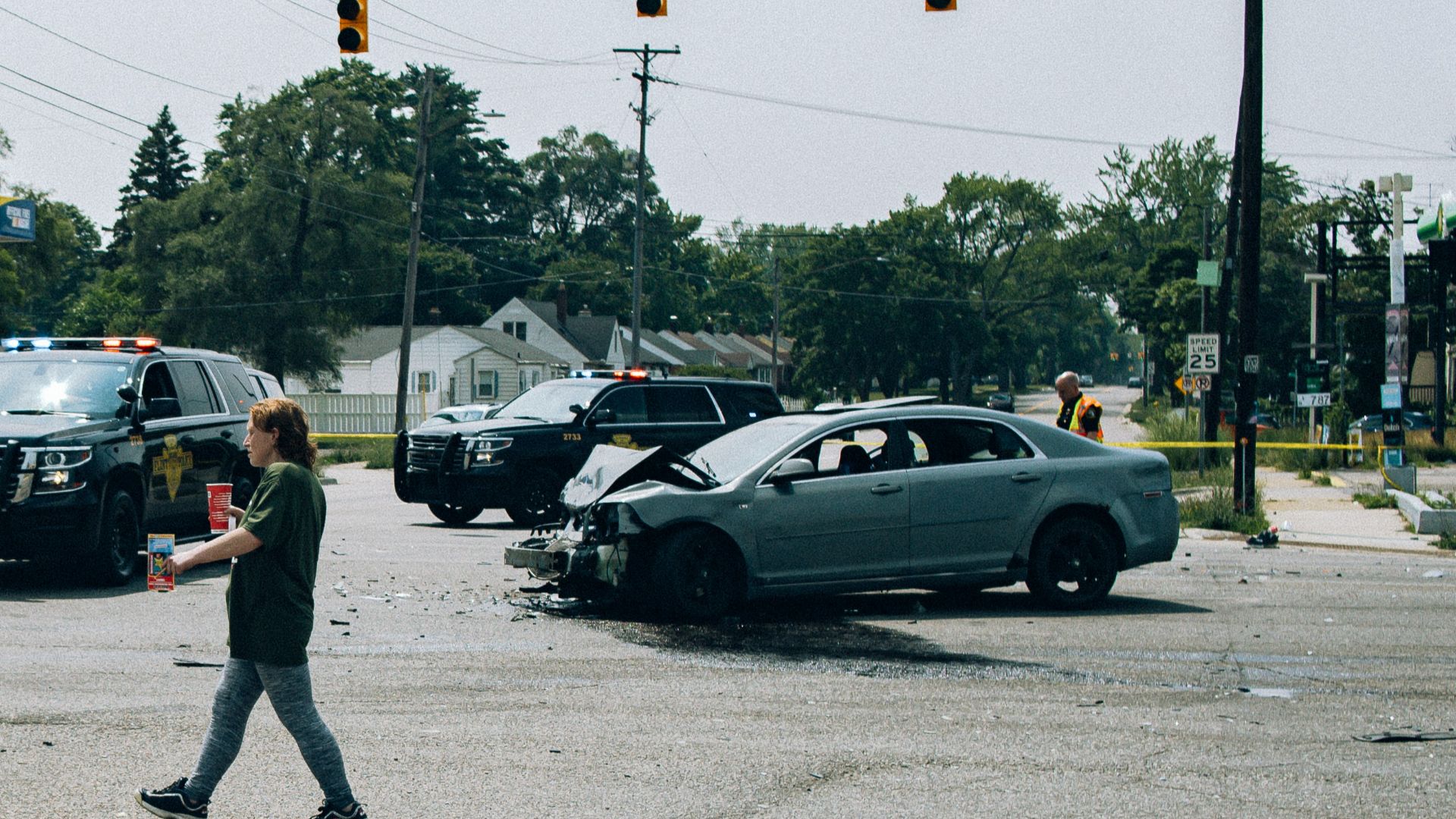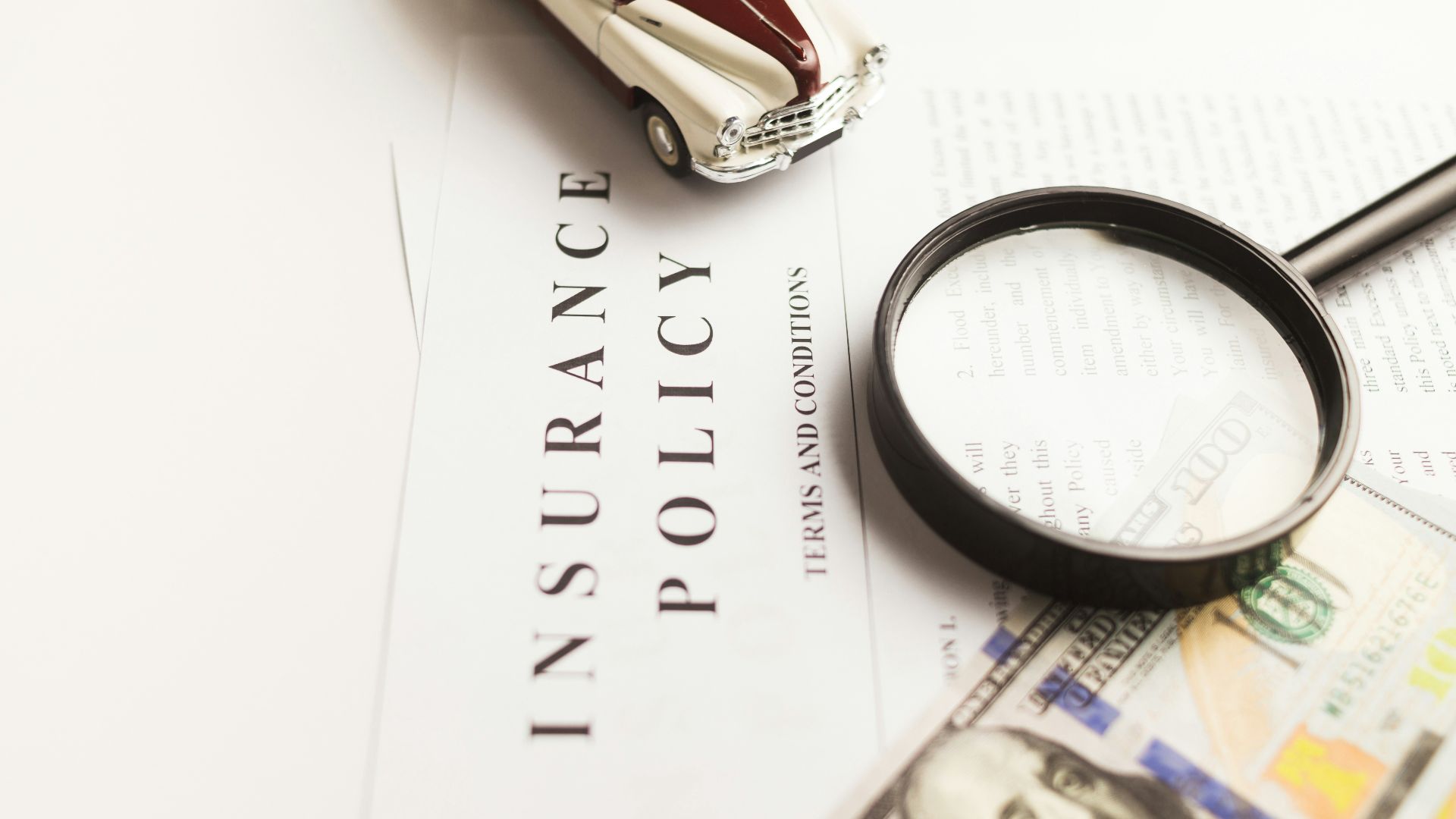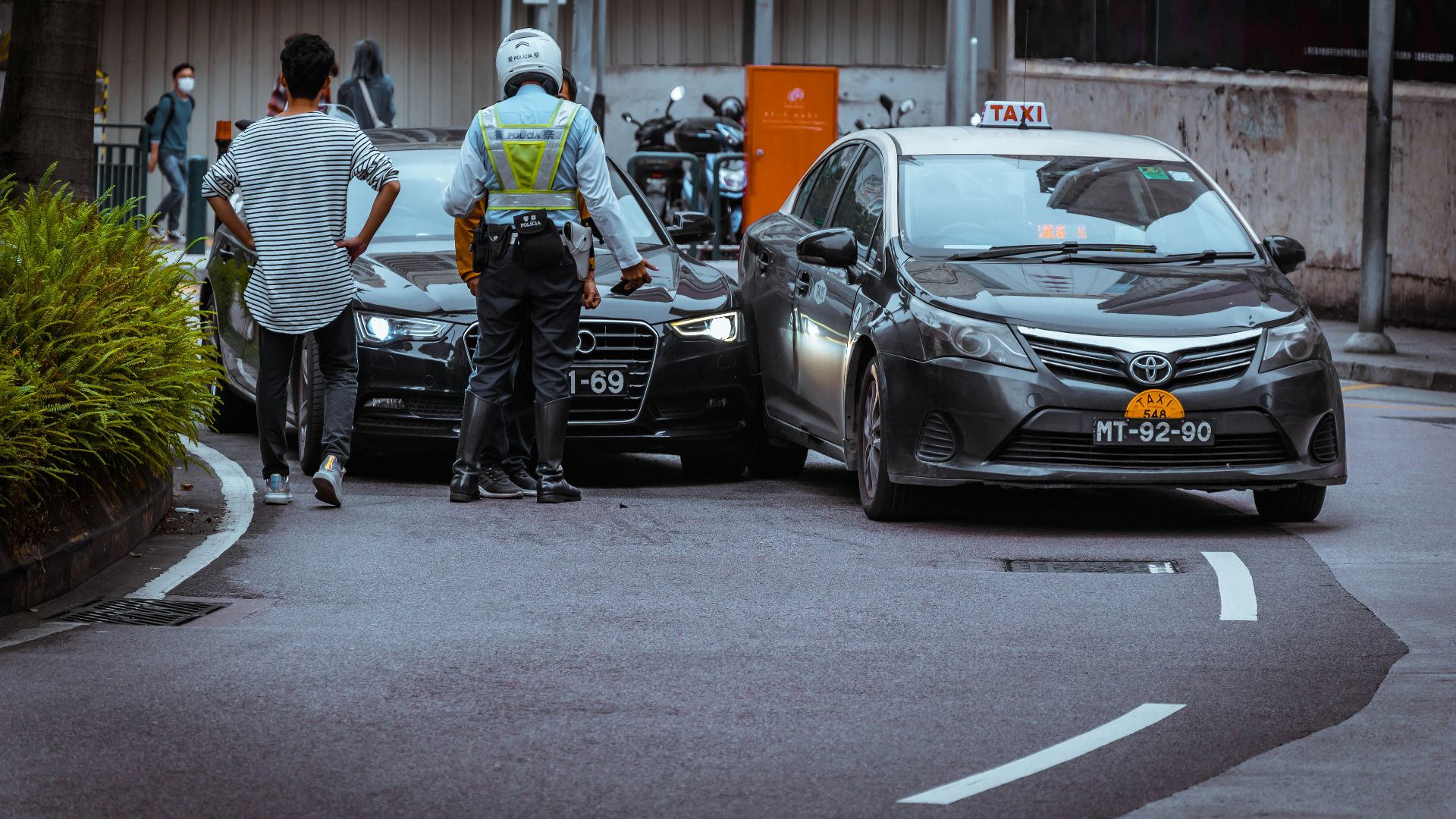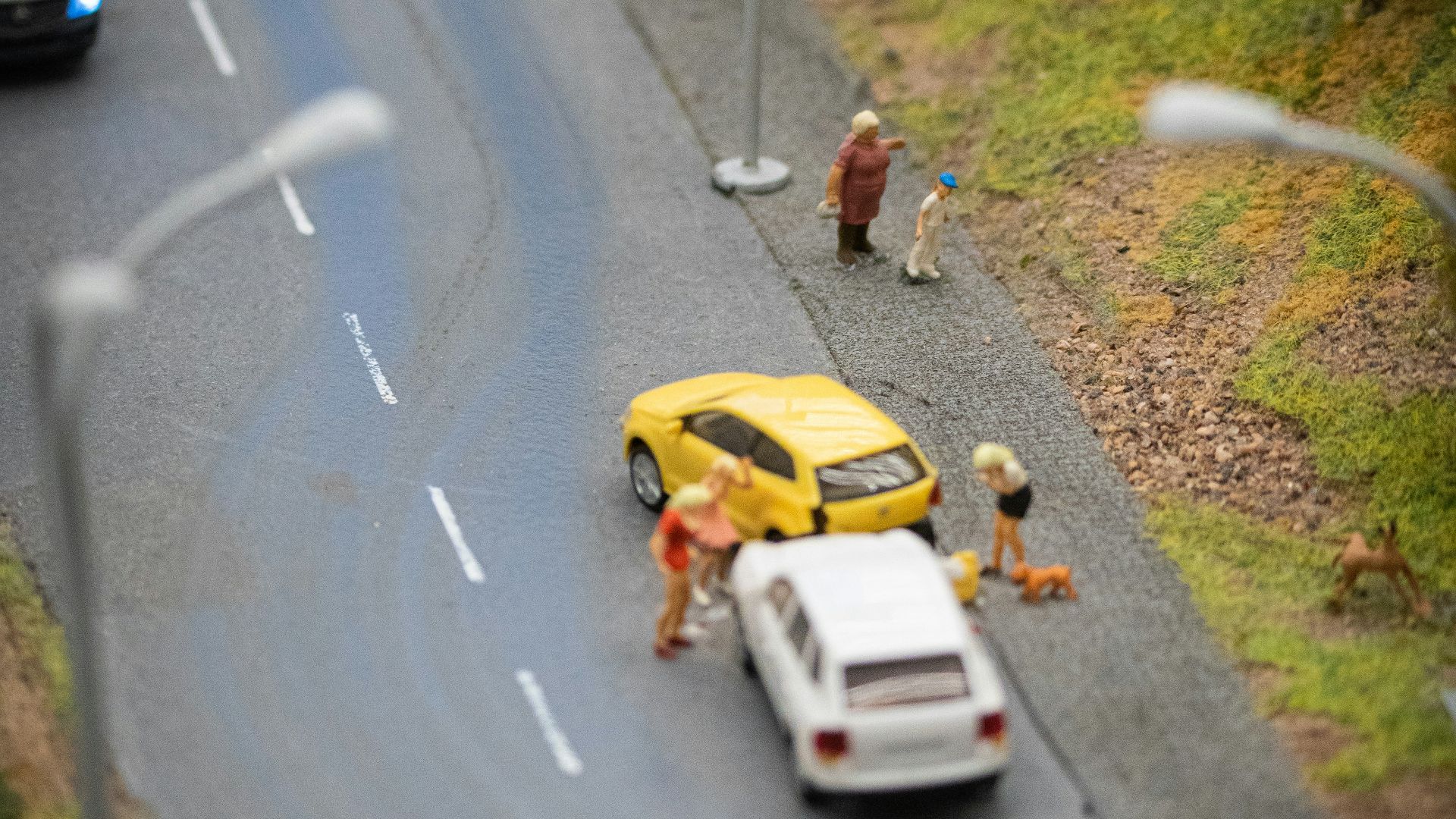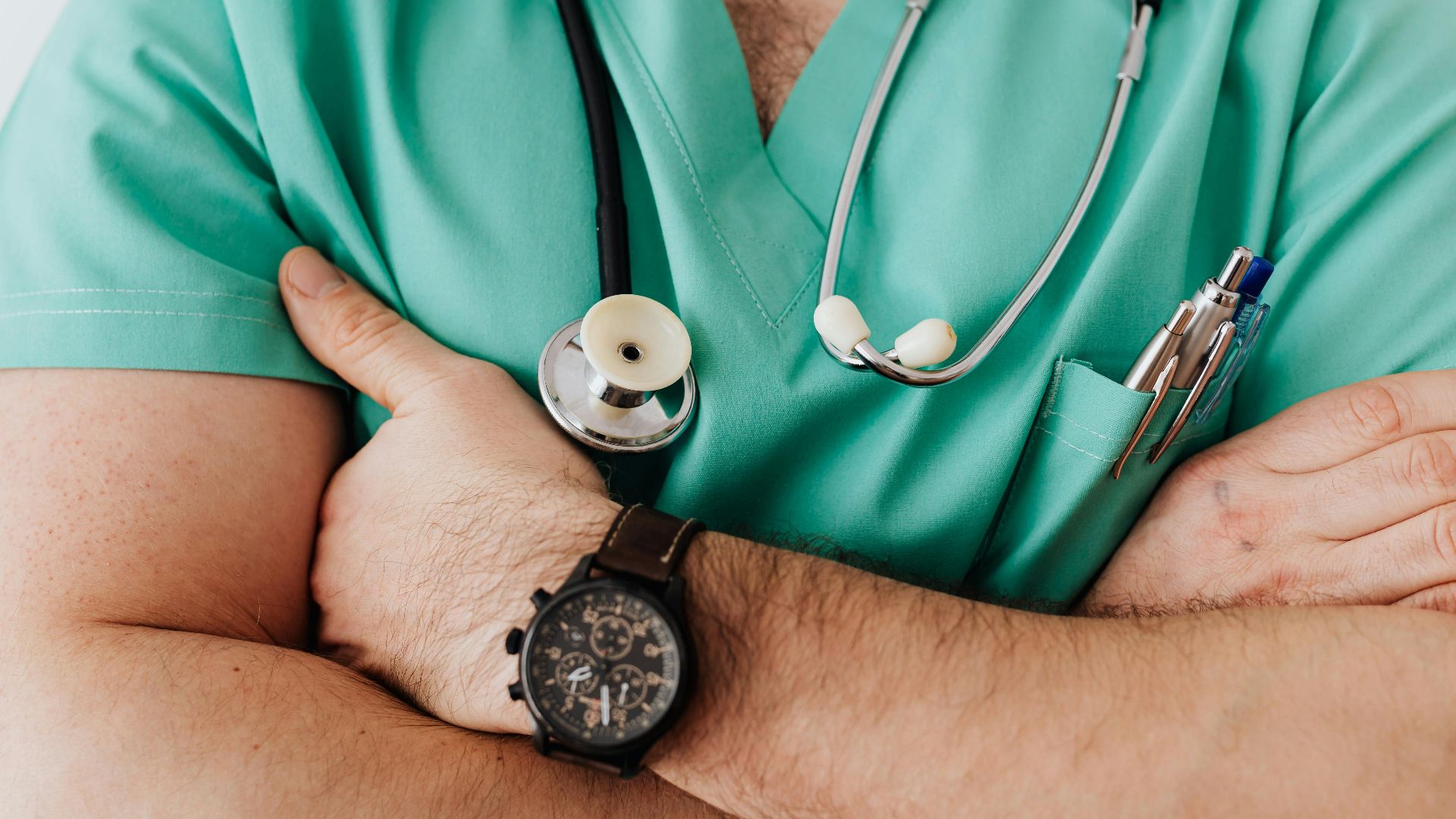10 Most Common Types of Car Accidents & 10 Key Things to Do If You're Involved in One
10 Most Common Types of Car Accidents & 10 Key Things to Do If You're Involved in One
Treacherous Roads
You've probably heard it before: you're more likely to get in a car accident than be involved in a plane crash. And it's true: from rear-end collisions to hit-and-runs, the roads out there can be treacherous. Knowing the most common types of crashes—and what to do if they ever happen to you—can make all the difference. Here are 10 of the most common types of car accidents and 10 key things to do if you're involved in one.
1. Rear-End Collisions
Rear-end collisions are one of the most common types of car accidents you'll see on the road. This is when a car crashes into the back of another vehicle in front, and it can happen for many reasons, from distracted driving to sudden stops and tailgating.
2. Parking Lot Accidents
Parking lot accidents are also extremely common. This can happen either in designated parking areas and garages or on the side of the road when attempting parallel parking. While these collisions often happen when one car is stopped and the other is moving, they can also happen with two active vehicles, such as when both back out of a spot at the same time.
3. Single-Vehicle Damage
Single-vehicle damage happens when a driver hits a tree, pole, street light, or other stationary object. These types of accidents often occur due to speeding, distracted or drowsy driving, driving under the influence, or when driving in poor weather.
4. Sideswipe Accidents
Sideswipe accidents are collisions that happen when two vehicles are driving parallel to each other. Attempting to merge or change lanes without checking blind spots is a common reason why this accident occurs on the road.
5. T-Bone Collisions
Side-impact or T-bone collisions occur when the front of one car crashes into the side of another, thus forming a “T” shape. These accidents often happen at intersections when a driver runs a red light or stop sign. And because the sides of vehicles lack proper protection, T-bone crashes typically lead to severe injuries.
6. Multi-Vehicle Pileup
A multi-vehicle pileup is a chain-reaction accident that involves several cars, and typically happens on highways and other high-traffic areas where vehicles are traveling at high speeds. Poor weather is a common reason why these types of accidents occur, where a sudden stop in front can quickly lead to a domino effect.
7. Hit-and-Runs
A hit-and-run occurs when the driver who commits the accident flees the scene without leaving a note, stopping to exchange information, or checking for injuries. These accidents typically involve cars, pedestrians, cyclists, or other moving vehicles, and often leave victims with damages and no one to hold accountable.
8. Head-On Collisions
Head-on collisions happen when two vehicles traveling in opposite directions crash into each other front-to-front. While they're less common than rear-end collisions, they're often fatal. This type of accident typically occurs due to distracted or impaired driving, swerving into the wrong lane, or losing control in poor weather conditions.
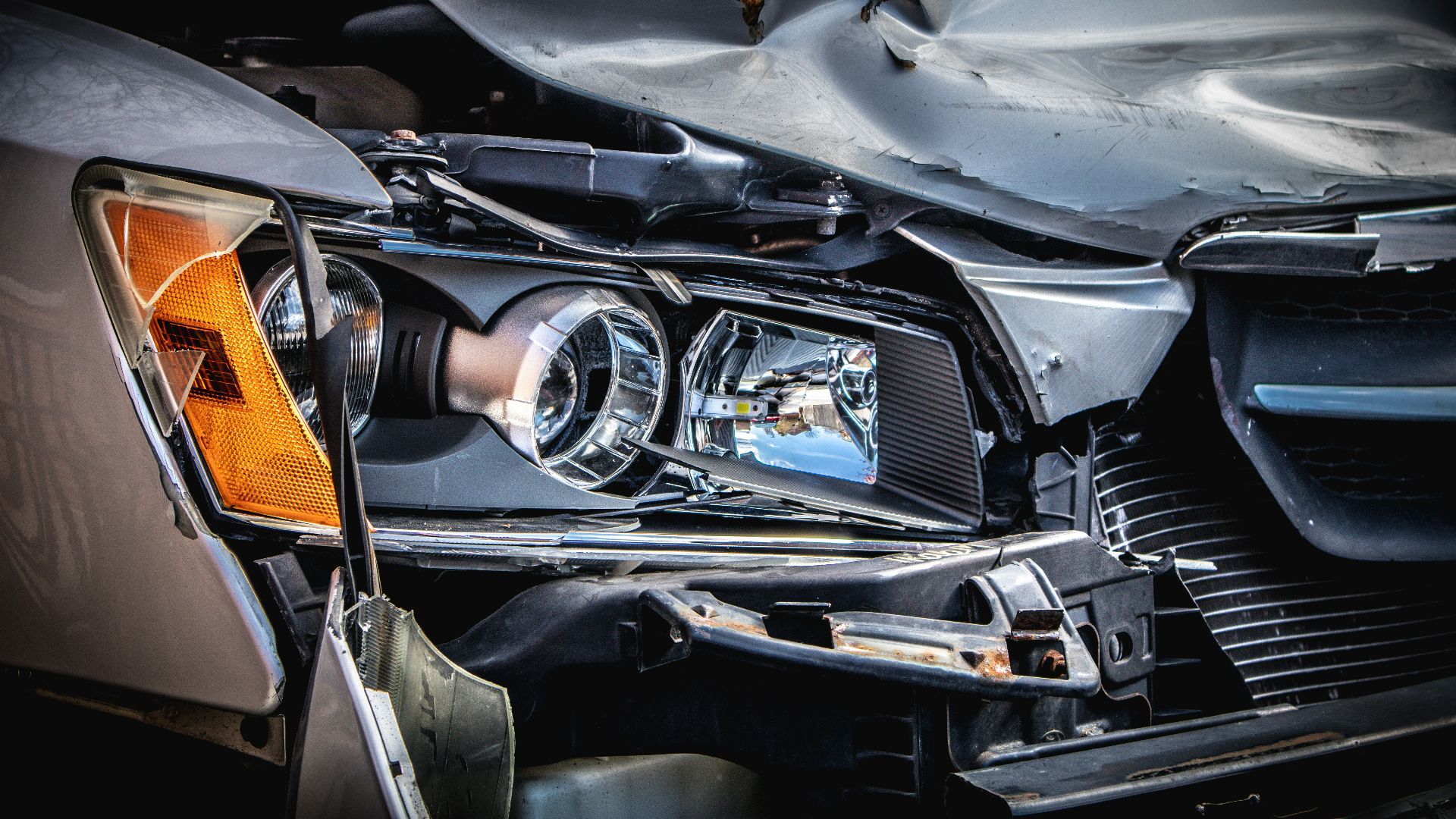 Clark Van Der Beken on Unsplash
Clark Van Der Beken on Unsplash
9. Backup Collisions
Backup collisions happen when a driver reverses without first checking to make sure their surroundings are clear. These accidents are most common in parking lots or driveways, and while they often happen at low speeds, they can still cause significant damage or serious injuries. That's why it's so important to always check mirrors and blind spots carefully before backing up.
10. Crashes at Intersections
Intersections are one of the most common places for accidents to occur, thanks to the mix of moving traffic and road users coming from all directions. Crashes here are typically caused by running red lights, forgetting to shoulder check, or turning when it isn't safe to.
What, then, should you do if you're ever involved in an accident on the road? Here are 10 key things to do immediately.
1. Check for Injuries
The first thing you should do when you're involved in a car accident is to check for injuries. Make sure you, your passengers, and the other parties are okay first, before assessing the rest of the situation.
2. Call 911 for Emergencies
If there are any major injuries, make sure to inform emergency services and request medical assistance immediately. It's also important to file a report with the police for legal matters, so make sure you have the proper information on hand.
3. Exchange Information
Once you've made sure that everyone is okay, it's time to exchange information with the other involved parties. You'll need to jot down names, driver's license numbers, phone numbers, addresses, and vehicle and insurance details.
4. Document the Scene
If you need to, take photos or videos to document the scene. You'll want to keep detailed records of the aftermath, such as the extent of the damage on your vehicle, any injuries, road conditions, and anything else that might support your claims if the case needs to be escalated.
5. Don't Make Public Statements
You'll also want to refrain from making public statements after an accident. It's understandable that emotions will be running high during this time, and you may say things you might later regret. Stay true to the facts and consult with lawyers for anything else.
6. Call Your Insurance Company
After calling emergency services and the police to report the accident, you'll need to contact your insurance company. Make sure to answer any questions truthfully and to the best of your ability. It'll help to know what your policy covers.
7. Move Your Vehicle or Alert Others
If your car is blocking the flow of traffic, make sure to move it out of the way so that you don't potentially cause additional accidents on the road. If you can't safely operate your vehicle, turn on your hazard lights to alert other drivers.
8. Stay Put
Make sure to stay put when waiting for emergency services, police, and any other authorities to arrive. If you leave the scene of the accident too soon, you might make it harder for yourself to file insurance claims later on.
9. Look for Witnesses
If there are any witnesses, ask for their contact information; their statements will come in handy if the accident case escalates or if the other party denies fault. Ask them for a brief description of how the scene unfolded from their perspective, then keep a note of it somewhere safe so you can easily pull it back up later should you need it.
10. See Your Doctor
After everything is sorted, make an appointment to see your doctor in case you have any internal injuries or issues that aren't immediately apparent. Even a simple bruise or sore shoulder could easily escalate to something worse if you're not careful.


